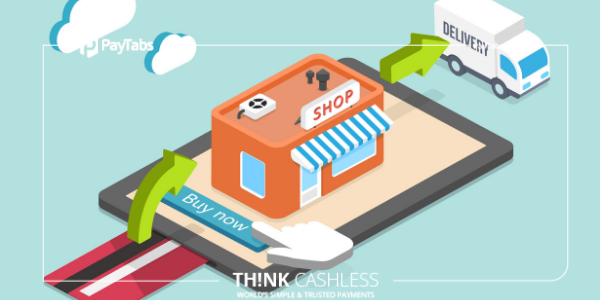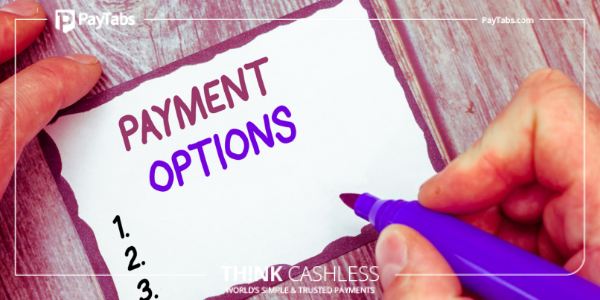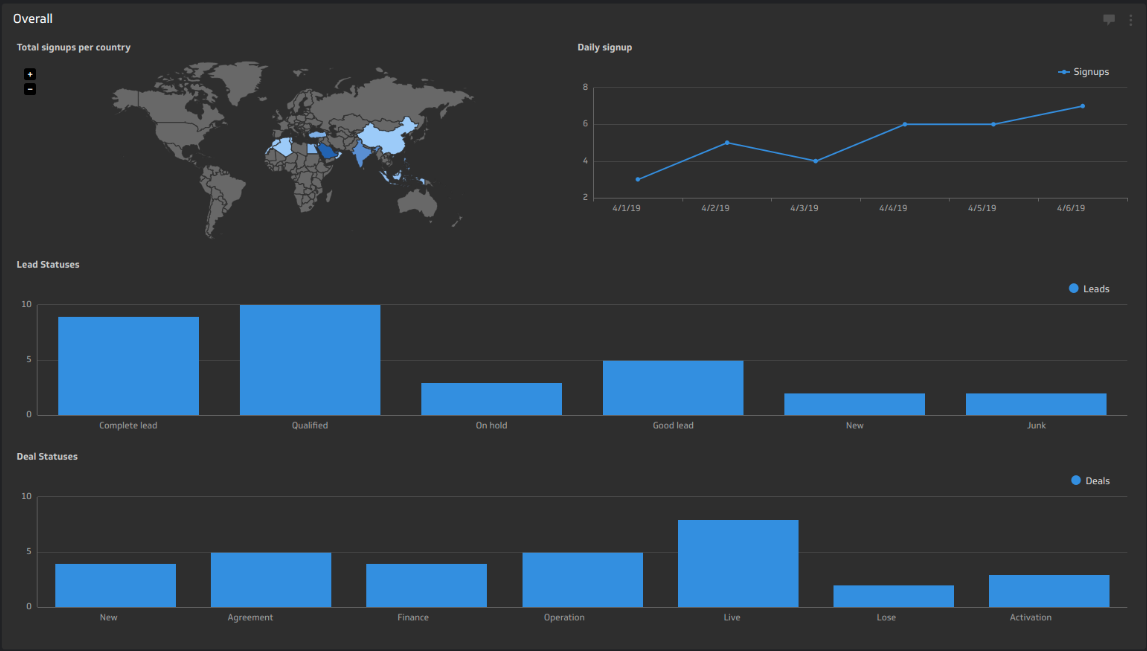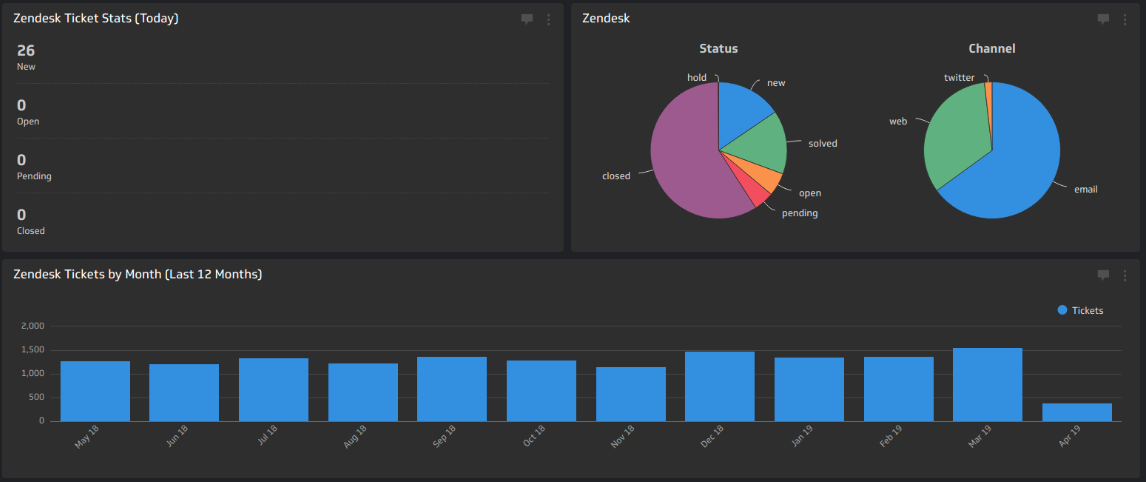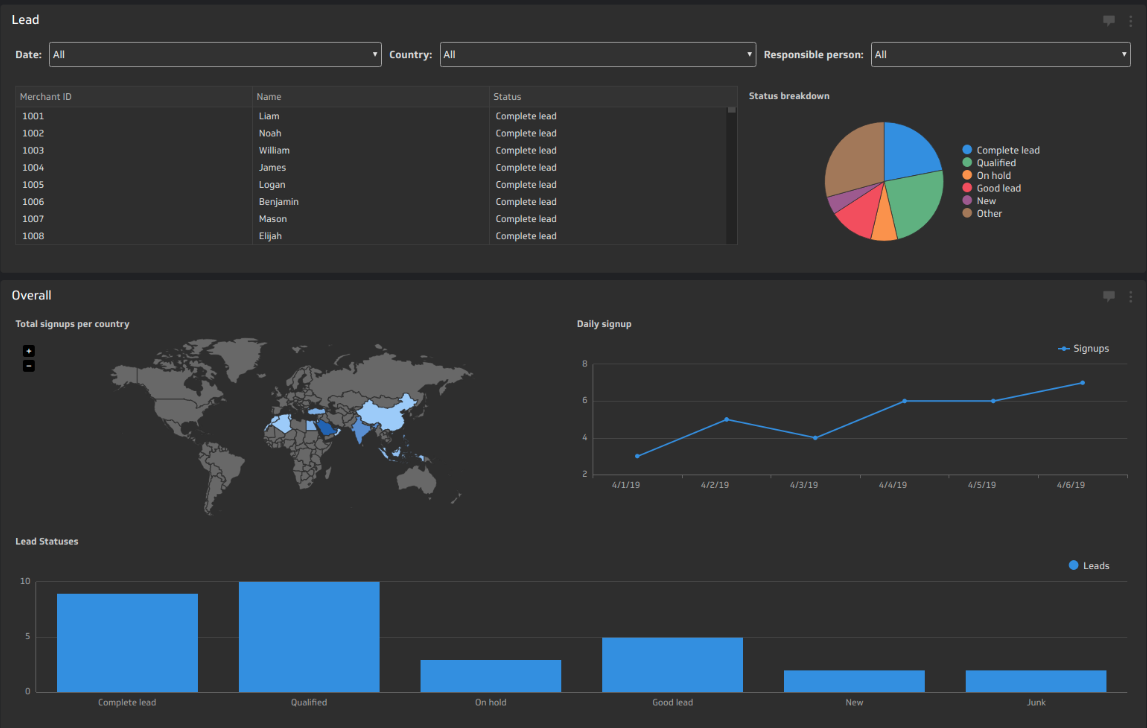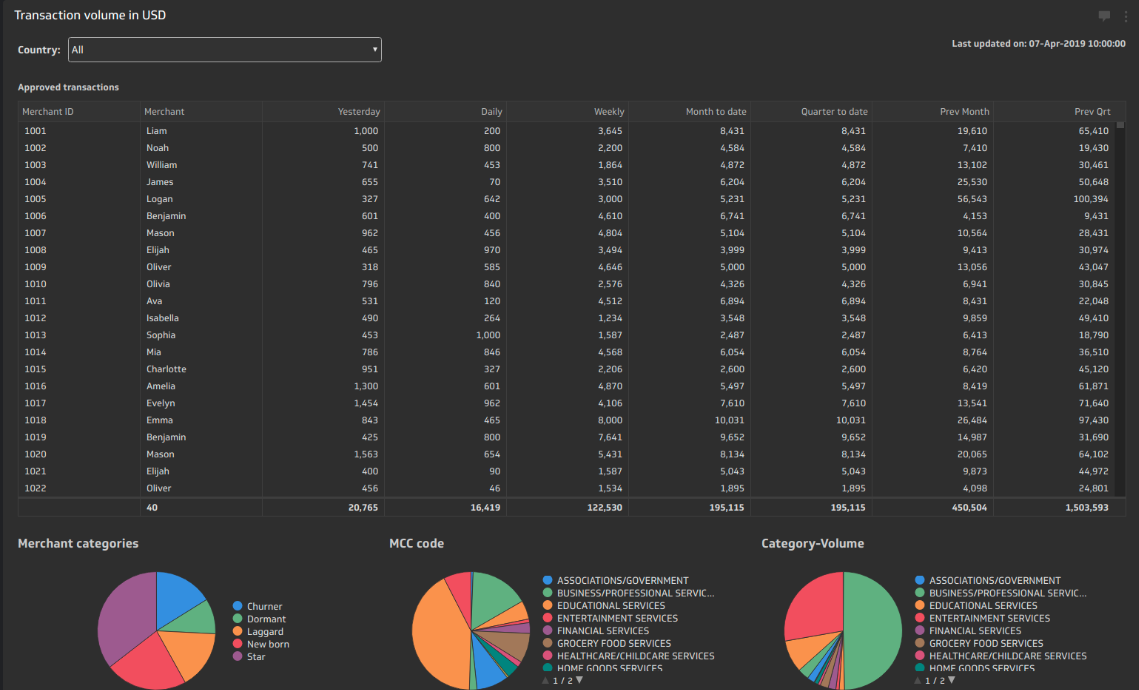How to provide a local flavor to your global ecommerce business

Think global, act local is the new success mantra for e-commerce players operating internationally.
Localization of one’s global e-commerce business is the best strategy to transcend cultural boundaries and win customers’ trust (and wallet share!). Although e-commerce has wiped away the boundaries of time and place, cultural differences play an important role in customer perception. Often, small changes like localization of language and content can help connect better with the customer. We shall study the ways in which the localization strategy can be effectively implemented:
- Speak the same language: One must be aware of the cultural sensitivities of each region before going gung-ho and translating the entire website into the native language. For example, in some regions, an informal address might be acceptable to the customer. In others, a polite and formal tone sends across the message of being business-like and professional. Customers are likely to be impressed with product descriptions in their regional language or websites hosted on country-level domains. Often, there are websites that support multiple languages. One needs to select the country name from a drop down menu and the entire website is customized as per local tastes. However, it is important to note that the meaning should not be lost in translation!
- Win at social media: Unless one has been living under a rock, an active social media presence is a must. Effective communication and posts as per regional interests would help easily win potential customers. One should not stick to global platforms like Twitter and Facebook merely. There would be other mediums that would be able to catch the pulse of the local public better.
- Reviews by natives: It would be a good idea to include reviews by the natives in the regional website. The readily available peer reviews would convince other customers about the quality of the product. This would result in higher sales conversion.
- Utilize local festivals to one’s maximum advantage: This strategy works well in a country like India, where festivals are celebrated on many days in a year. Major e-commerce players like Amazon, Flipkart have successfully adopted this strategy. They offer special discounts for Diwali, Republic Day, Holi etc, which results in phenomenal volume growth in sales. Further, offering customized products with marketing material suited to the occasion can help boost revenues. Thus, one could capitalize on special shopping days by working with local marketing agents to achieve higher sales.
- Payment processing in local currency: Customers would prefer to pay in the local currency. Merchants should ensure that the payment gateway supports payment in home currency. Another idea would be to have a flexible shopping cart with a currency converter. The online payment platforms could also offer multilingual support. It would be prudent to have multiple payment options as the preferred and acceptable payment modes vary from region to region.
- Familiarity as a branding strategy: Localized content and hosting products that are popular in the target market would help the customer easily navigate the website. Thus, the purchase decision and transaction completion would be faster. A smooth checkout process would ensure repeat customers for further buys.
- All-in-one adaptation: One must remember not to restrict localization merely to linguistics or language translation. Localization strategy encompasses the entire gamut of content – text, pictures, currency, delivery channels, brand building, design and cultural alignment. The last would include aspects like avoiding selling products on the e-commerce website that hurt local sentiments. Researching the local market to create a native shopping experience is key to achieving success.
- Know the rules: Local regulations on consumer laws and data privacy should be considered before localization of the e-commerce platform. For example, some countries mandate the use of a privacy policy and a disclosure of cookies that store customer information. One must keep in mind the local taxes and other jurisdictional requirements that are to be complied with in the payment gateway process.
Localization of the e-commerce business, operating globally, would allow the message to go across clear to the customer, enabling higher sales conversion, beating competition and reaching out to a wider target audience.
